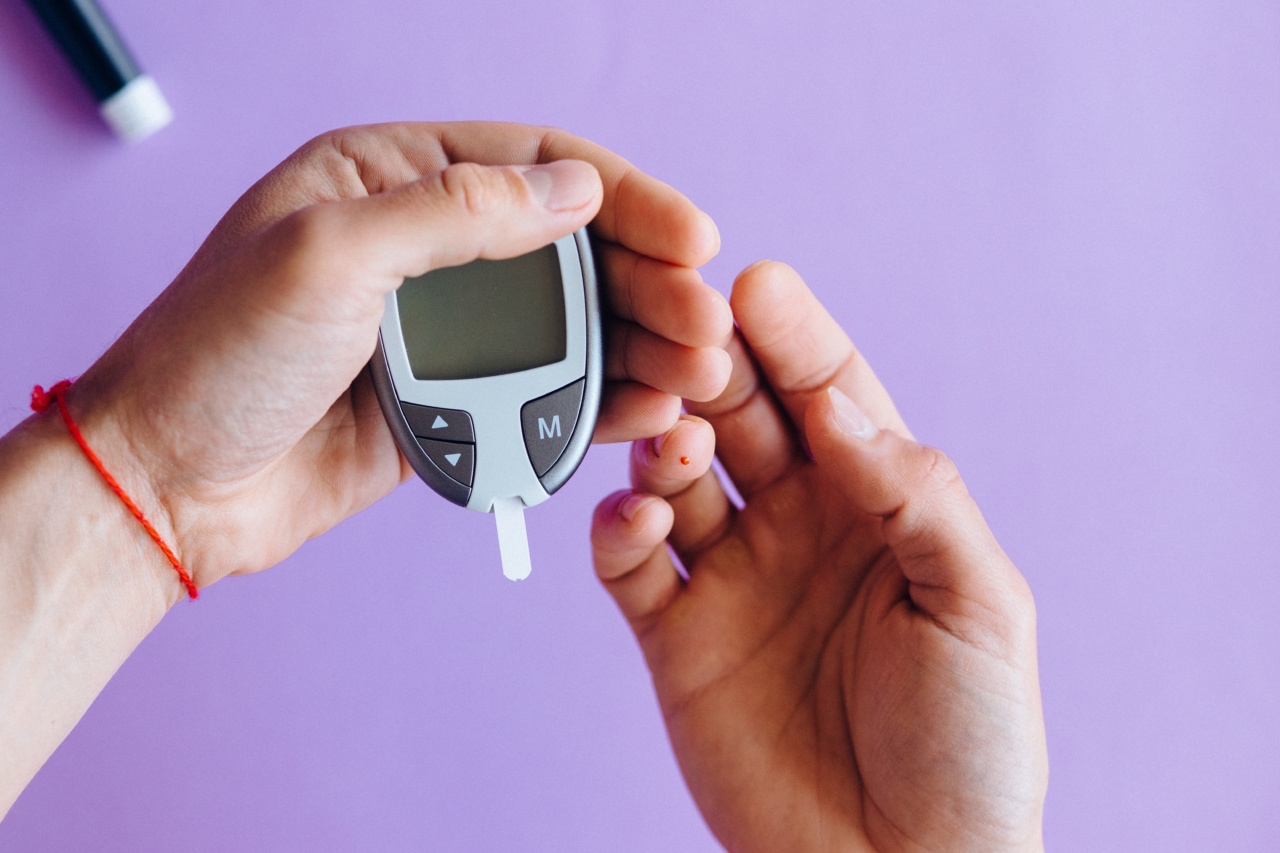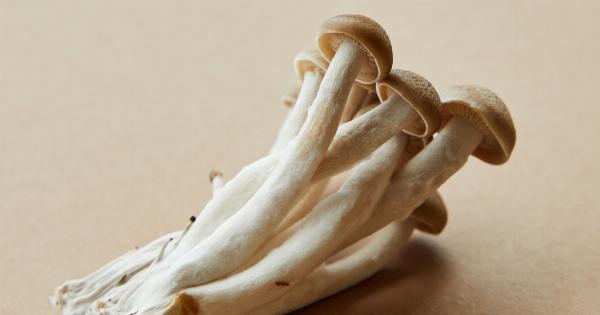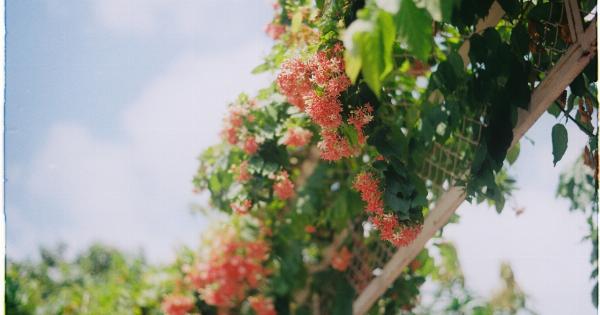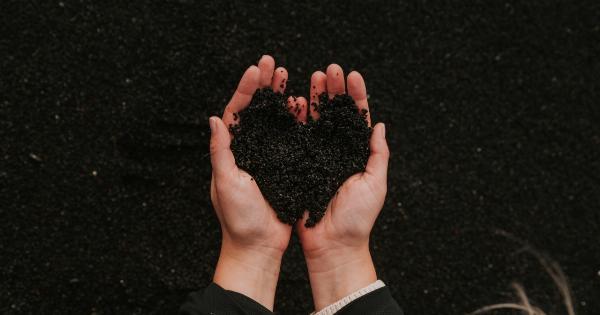High blood pressure, also known as hypertension, is a common condition affecting millions of people worldwide. It can lead to serious health problems such as heart disease and stroke and needs to be managed effectively.
Along with lifestyle changes such as a healthy diet and regular exercise, certain herbs can also help control high blood pressure. In this article, we will explore the top herbs for controlling high blood pressure.
Garlic has been used for centuries as a natural remedy for various health conditions, including hypertension. Studies have shown that garlic can help reduce blood pressure by relaxing the blood vessels and promoting the release of nitric oxide.
It also has antioxidant properties that may help prevent damage to the blood vessels. You can take garlic supplements or consume fresh garlic in your diet.
2. Hibiscus
Hibiscus, also known as Roselle, is a flowering plant that has been used traditionally to treat high blood pressure. Studies have shown that drinking hibiscus tea can help reduce blood pressure levels.
The plant contains bioactive compounds called anthocyanins that have a vasodilatory effect, which helps to lower blood pressure. It is recommended to drink 2-3 cups of hibiscus tea daily.
3. Hawthorn
Hawthorn is a plant that has been used in traditional medicine to treat heart-related conditions. It contains compounds that have a vasodilatory effect, which helps to improve blood flow and lower blood pressure.
Hawthorn can be consumed as a tea or in supplement form. It is recommended to consult with a healthcare practitioner before taking any supplements.
4. Cinnamon
Cinnamon is a spice that has been shown to have blood sugar and blood pressure-lowering effects. It contains compounds called cinnamaldehyde and cinnamic acid, which have antioxidant properties and help improve blood circulation.
You can consume cinnamon by adding it to your food or taking supplements.
5. Ginger
Ginger is another herb that has been shown to have blood pressure-lowering effects. It contains a compound called gingerol, which has a vasodilatory effect and helps to improve blood flow.
Ginger can be consumed in various forms, such as tea, supplements, or added to food.
6. Cat’s Claw
Cat’s Claw, also known as Uncaria tomentosa, is a plant native to South America. It has been used in traditional medicine to treat high blood pressure and other health conditions.
Studies have shown that cat’s claw can help lower blood pressure by relaxing the blood vessels and reducing inflammation. It can be consumed as a supplement or in tea form.
7. Danshen
Danshen, also known as Salvia miltiorrhiza, is a plant used in traditional Chinese medicine to treat a variety of health conditions, including hypertension.
It contains compounds called tanshinones, which have been shown to have a blood pressure-lowering effect. Danshen can be consumed in tea form or in supplement form.
8. Olive leaf extract
Olive leaf extract is derived from the leaves of the olive tree. It contains compounds called polyphenols, which have been shown to have antioxidant and blood pressure-lowering effects. Olive leaf extract can be consumed as a supplement or in tea form.
9. Mistletoe
Mistletoe is a plant that has been used in traditional medicine to treat high blood pressure. It contains compounds that have a vasodilatory effect and help to improve blood flow and reduce inflammation.
Mistletoe can be consumed as a supplement or in tea form.
10. Linden
Linden is a plant that has been used in traditional medicine to treat a variety of health conditions, including high blood pressure. It contains compounds that have a relaxing effect on the blood vessels and promote blood flow.
Linden can be consumed as a tea or in supplement form.
Herbs can be a natural way to manage high blood pressure along with lifestyle changes such as a healthy diet and regular exercise.
It is recommended to consult with a healthcare practitioner before taking any supplements and to ensure they are safe to use and do not interact with any medications you may be taking.



























